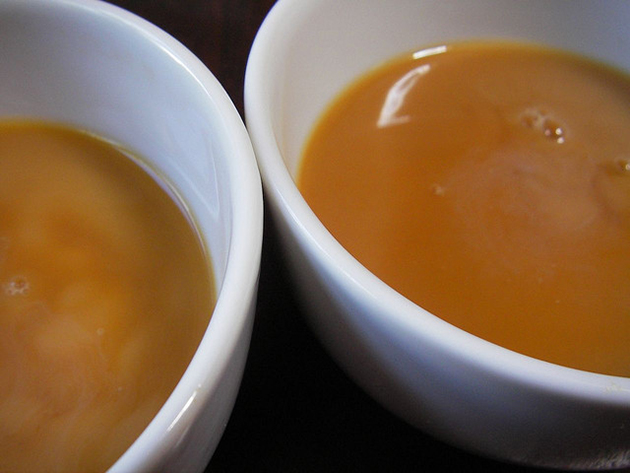Foodways Friday: A Kenyan Chai Moment

One of travel’s most joyous experiences is often its most maddening. You know the feeling. A simple act of hospitality suddenly elevates your palate in the most unexpected way, then you spend the rest of the trip recreating that moment of discovery. You’re there, so it’s a fairly easy task, but in the back of your mind a voice tells you that the tricky business is yet to come. After you return home and the suitcases are unpacked, the tchotchkes are distributed, and the credit card bills arrive in the mailbox, a longing for that taste, that texture, that moment begins its haunting.
Your rational self tries to take over. It says that replication is impossible even if you brought the “authentic” spice, pot, utensil back with you. The most you can do is to create a trace of that moment. Best to be smart and offer the actual moment itself to the gods of memory so that they can safeguard it. It’s your sensory self that is more difficult to keep at bay. It’s quite clear about its desires, so you find yourself creating all manner of horrifying concoctions that, in the end, only serve to push you further from the thing you seek.
For me, the fact that my moment was triggered by something so seemingly simple, so undeniably everyday, made—and continues to make—it all the more maddening. It was a cup of chai. Actually, it was a chalice of the most exquisite elixir disguised as a humble cup of tea (I believe I said that rationality has no place here).
June of 1989, I was handed a cup of sweet, milky black tea by a group of giggling girls who were boarding at the Southern Kenyan school where I was posted as a volunteer (a hapless volunteer, I hasten to add). Even as I write this I can taste the slightly caramel notes that cut through the robust black tea. The aroma was milky, but not aggressively so. There was an easy balance between ingredients. Most of all, it was the embodiment of a welcome. There was generous hospitality in that cup, and it was something that I would encounter again and again during my time in Kenya.
In the intervening years, I have never been able to replicate that taste; however, I do hope that I’ve recreated that act of warm-hearted kindness to those who enter my door. That’s what made the memory one worth keeping in the first place.
There are a lot of ways to make Kenyan chai. Some include spices such as ginger or masala powder, but I prefer it straight, and I like to add my sugar fairly early in the process so that it can break down. There are a zillion recipes, and every Kenyan has their favorite. Here’s a fairly common—and basic—one that was shared with me:
In a saucepan bring to a near boil for 4-6 minutes:
1 cup water
1 1/2 tsp good black tea leaves
Then add and continue near boiling for another 2-4 minutes:
1 cup milk (or less depending on desired strength)
2 to 4 tsp sugar (again, the amount depends upon desired taste)
Tea in Kenya has a complicated history. Today, the culinary remains of colonialism are being transformed into a highly sought after export product. Many are endeavoring to produce it using sustainable methods as they strive to support families and communities.
Learn about Kenya’s chai and more at the 2014 Smithsonian Folklife Festival, which begins June 25 on the National Mall in Washington, D.C.
Sabrina Lynn Motley is the Smithsonian Folklife Festival director and associate director of the Smithsonian Center for Folklife and Cultural Heritage. She finds herself astonished by her good fortune to spend her days working with people committed to promoting cultural democracy and tradition-based creativity.

